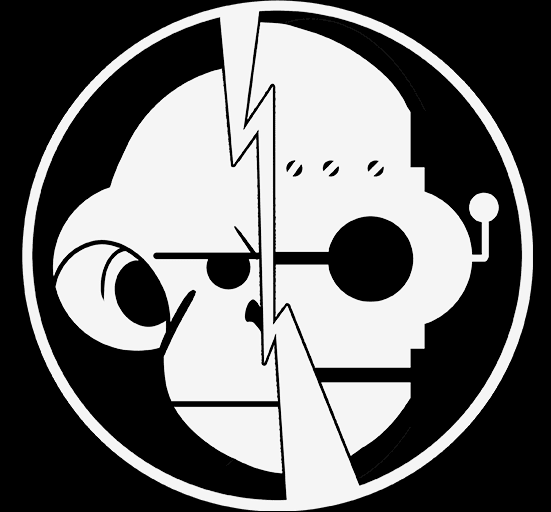The announcement of a new Dick Tracy comic coming out from Mad Cave Studios is an exciting one, especially for me. I’m a big fan of the Dick Tracy property, and the general scarcity of material fuels that obsession more than dampens it. When out in old book shops or antique stores, my eyes are constantly peeled for anything Dick Tracy related. It’s not often that you find something, but—occasionally—a sweet little gem shines from behind a mountain of old steel and chipped glassware. Is that a die cast 1990s scale model of the Dick Tracy movie car? Don’t mind if I do. Is that Dick Tracy Volume 1:The Collins Case Files hidden on a shelf of Marvel Essentials books? I think we’ll liberate that.
In essence, I look for Tracy everywhere. (Phew, managed to avoid a double entendre there.)
The problem, from a fan perspective, is that there has been very little new product featuring the American Detective. A new daily comic strip is still there, available to read. The current storyline involves a murderous magician with a cast of extras all apparently named after Doctor Who actors. But new comics, books, or other media are few and far between. The thought of an actual brand new comic is exciting, especially as the talent involved, and the preview material currently doing the rounds, appears to embrace the Dick Tracy look and tone.
There have been a couple of comics over the last few years, starting with Dick Tracy: Dead or Alive written by Michael and Lee Allred and drawn by Rich Tommaso. The colouring by Laura Allred was possibly the most interesting part of the comic, as the style and the tone of the comic seemed to stray too far from what makes Dick Tracy exciting. It’s important to experiment with a format, to push boundaries and try new things with old characters, but the flip side of experimentation is that not everything works. In my opinion, Dead or Alive was one of those that failed.
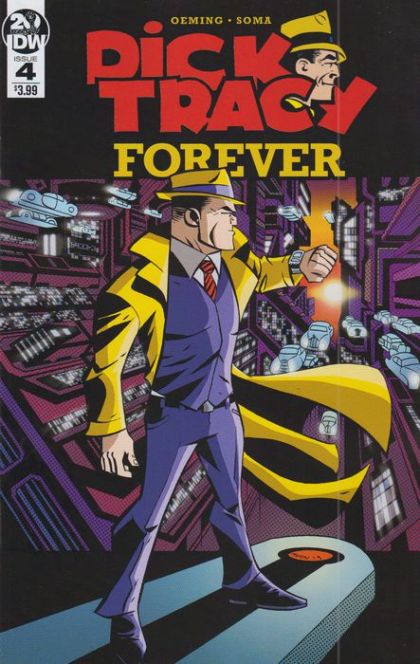
This was followed up by Dick Tracy Forever published by IDW, and written and illustrated by Michael Avon Oeming. Favouring a more traditional Tracy style story and presentation, Dick Tracy Forever had a very nostalgic feel to it. Each issue was packed with little extras that added a fun dynamic to the comic while also setting the tone. Ultimately, the mini-series ran out of steam, and the denouement was quirky but unsatisfying. Oeming, however, did demonstrate a love of the character and an understanding of the long history of the comic strip.
And then there was the Archie Comics Dick Tracy reboot written by Alex Segura and Michael Moreci. Except there wasn’t. A new monthly series from the writer of Roche Limit and due to be illustrated by Thomas Pitilli was devised and even announced but never saw the light of day, thanks largely to a legal dispute between the Tribune Company, home of the Dick Tracy comic strip, and Warren Beatty, who shouldn’t need an introduction. The court case ruled in Beatty’s favour, putting a stop to a whole host of Tracy related plans.
One of the reasons that I am such a fan of Chester Gould’s creation is that, despite the limited amount of material available, there is still a wide range of products to get your teeth into. The original comic strip started in 1931 and is still going, having been helmed by a number of different writers and artists, each giving their own stamp to the comic. Several film versions and a number of comics add to the stack of interpretations that you can digest and discuss. So, with that in mind, here are five things that I love about Dick Tracy. After all, everyone loves a listicle, don’t they?**
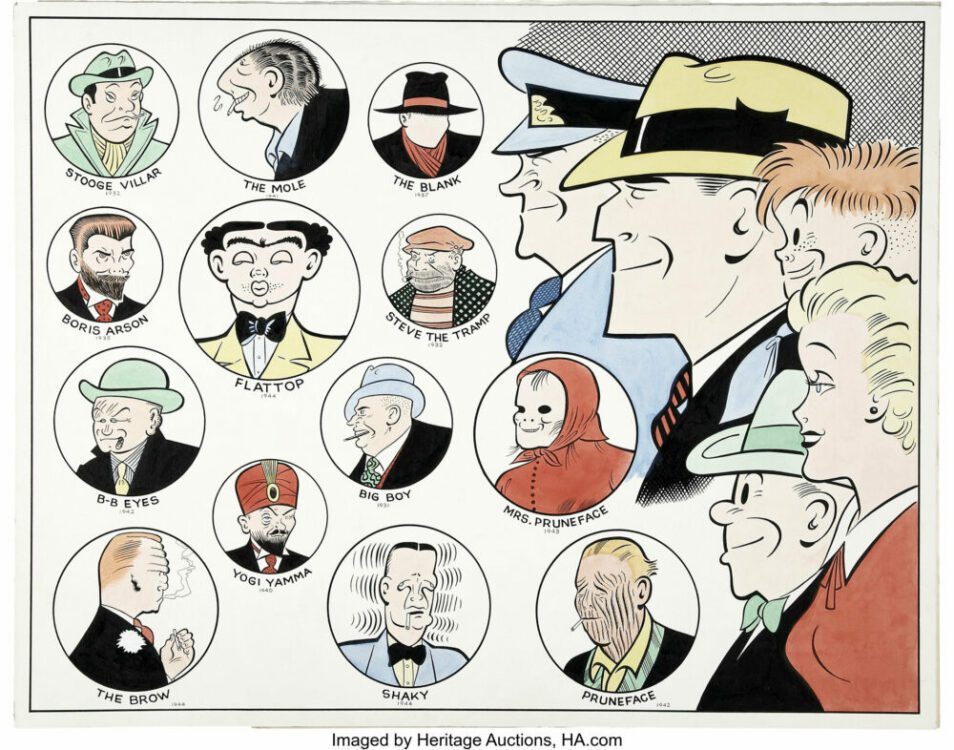
The 40s Villains
When Chester Gould first created the comic strip, originally named Plainclothes Tracy, it was a little rough and ready. The story elements were there from the very beginning, as were a number of the characters who barely changed over the decades. However, the art and the storytelling was inconsistent, and some of the stories lacked momentum, which is especially noticeable when reading in a collected format. One strip per day over several months might have managed to hide some of these initial teething problems.
However, when Gould found his stride, the stories were magnificent. He created a wonderful cast to keep Detective Tracy company, and the villains… oh the villains. The last 90+ years of comic strips has produced the best rogues gallery of any comic, better than any superhero you care to mention. And it was in the 1940s where Gould’s brilliance for creating villains really came into its own. Most of the adversaries that people will know, and who appeared in the 1990 movie, came from this decade of the comic strip. Nicknamed “the grotesques,” the characters’ physical attributes mirrored their crimes or elements of their characteristics. This gave birth to a host of putrid, perfectly designed characters who chewed the panels up better than any hammy actor. Their appearances were disturbing but also compelling. It’s difficult to pick a favourite as they all have something going for them, either in design or narrative. However, if pushed, my personal favourites are Flattop, BB Eyes, Littleface Finney, the Mole, Crewy Lou (technically from the 50s). And we can’t forget Mumbles, a character designed not to be understood but given long conversations on a small, three panel comic strip. The audacity.
If you want to read Chester Gould at his best, read a chunk of the strips from the 1940s. You won’t be disappointed.
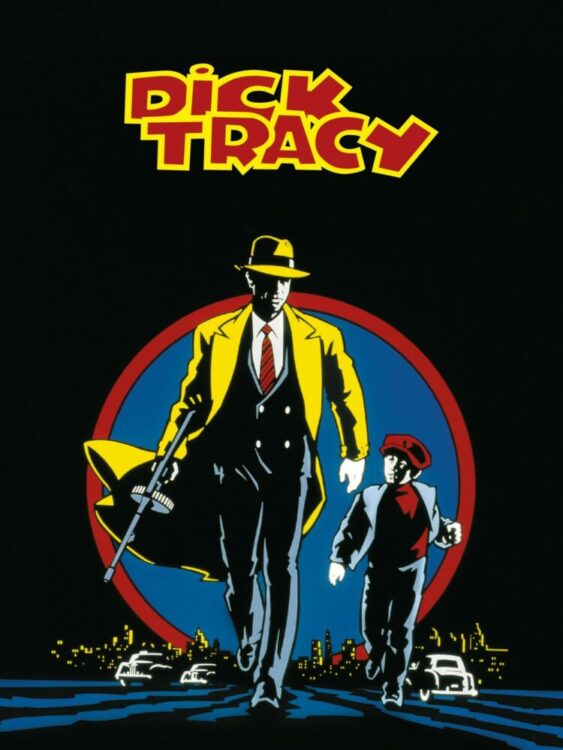
The Best Comic Movie Ever
If you’ve read many of my previous posts, you may have come across some of my writing on adaptations, especially comic-to-film adaptations. And while everyone is talking about superheroes and anime, I will argue that 1990’s Dick Tracy is the best comic book adaptation. While others may translate the narrative of a comic to film more faithfully, the Warren Beatty Dick Tracy movie adapts the formal qualities of the medium from page to screen in a compelling, almost beautiful, way. The outcome is a movie that employs the properties of a comic while still maintaining the aspect of cinema.
Most movies try to provide the audience with a recognisable interpretation of reality. The images are based in photography, capturing the world as it is. Comics are based on reduction. The images are distilled and reduced to the bare minimum to tell the story. Every line matters, and nothing is superfluous. This is especially true of the comic strip where space is limited. What Warren Beatty does is take that limited space, that reduction of image, and create a cinematic version of it. Situated cameras that don’t move, limited colour sets and props, and a distinct lack of detail in the scenery. All of these things are inspired by the comic strip. Beatty bends over backwards to give the audience the experience of reading a comic.
For some, the film is a failure. They become hung up on the simple, fast-paced plot and seeming lack of character, but they miss out on the true spectacle of the movie. The attention to detail in the presentation and the design work on the sets, props, and make up is outstanding. The music is excellent and the actors are loving the opportunity to ham it up. Al Pacino is in his element, as are Beatty and Madonna. The cast list is superb, playing their parts as comic strip characters. I mean, one of the central characters, played by Dustin Hoffman, is designed not to be understood and he is given the talkative part of stool pigeon, ratting out the rest of the criminal organisation to the hard working police department. The audacity.
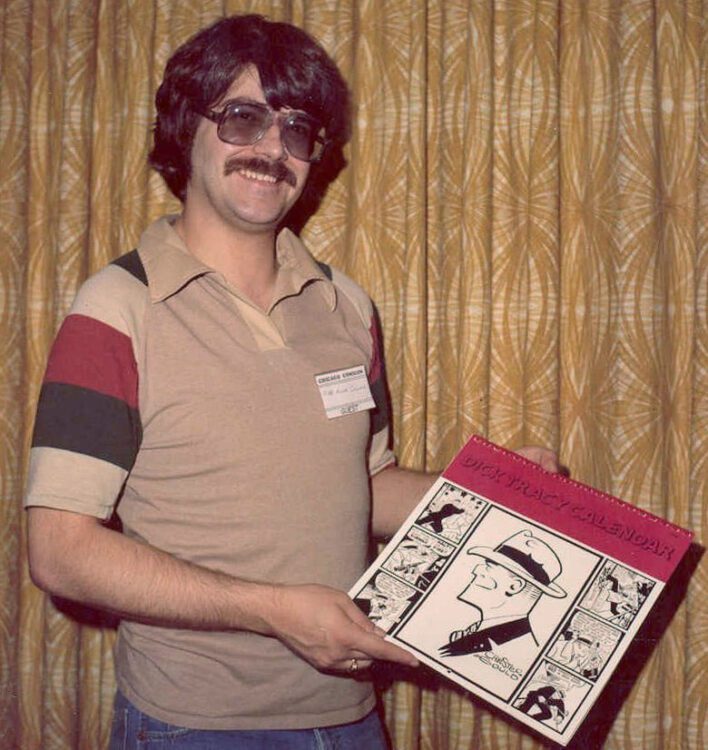
Max Allan Collins
In the late 1970s, when Chester Gould decided to retire from writing and drawing the Dick Tracy comic strip, he passed the duties on to his then-assistant, Max Allan Collins. Collins immediately made the strip his own. He returned it to its heyday ethos of character-driven violence and adventure. He removed the links to Gould’s experimental space-age narrative in a single swift, brutal, strike: killing off Moon Maid, Tracy Junior’s wife, and daughter to the moon people’s Governor. This allowed Collins to write out the off-worlders, never to mention them again.
From there, Collins delved into the history of the comic strip, bringing back those villains who managed to avoid a violent death, or family members of the deceased, out for revenge. He streamlined the cast and put right the narrative mistakes of Gould’s later years.
Although the strips are harder to come by (here’s hoping that IDW can come to some sort of arrangement for publishing the Collins Years) they are worth finding. But, if you can’t, there are a number of other Collins scripted comics and novels worth reading. Any of the Road to Perdition comics or books are a must, and his collaborations with Mickey Spillane are wonderful.
Dick Tracy introduced me to Max Allan Collins, and for that I am eternally grateful.
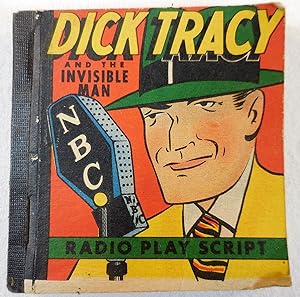
A Face for Radio
I’m a fan of radio drama, and the blame for that rests with The Hitchhiker’s Guide to the Galaxy. But of course, over the years, I’ve listened to—and enjoyed—the Dick Tracy Radio Show. The ability to capture the flair and spectacle of a visual medium like comics purely with sound is fascinating to me. There is something in the way that the visual characteristics are transformed into audible ones, and the reduction of the image translated into limited sound, that makes the adaption of a comic strip to radio intriguing and almost a natural step. Even more so than film or television, which is a strange thing to say. The two mediums complement each other and there is little concern for visual fidelity, which often hampers movies.
I don’t think that it is a coincidence that most of my favourite comics are just one part of a multimedia franchise. Planet of the Apes, Tales from the Crypt, Doctor Who, and of course Dick Tracy, all spread their wings across multimedia, transforming and growing with each iteration, The flow is very often never one way either, like with superhero comics, but each version feeds off the others, with design, narrative, and stylistic choices influencing future projects. There is one big, melting pot of a franchise where no part is more important than another. I rub my hands in excitement just at the thought of it all.
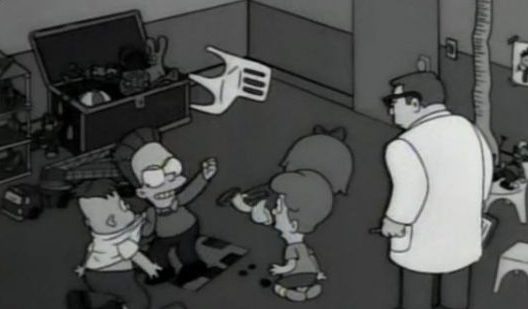
My Favourite Simpsons Gag
In one of the earlier series of the hit cartoon The Simpsons, there is an episode that examines Ned Flanders’ childhood. The audience are introduced to Ned’s hopeless, beatnik parents who can’t bring themselves to discipline their child, who in turn runs riotous rings around them. In one scene a video is playing, it shows a young Ned run into a room and start to beat up the other kids, who were quietly playing:
“Whee! I’m Dick Tracy. Bam! Take that, Pruneface. Now I’m Pruneface. Take that, Dick Tracy. Now I’m Prune Tracy. Take that Di-”
The simple ones are the best.

The Purpose
Anyway, the purpose of this post, and the impetus behind it, is that Mad Cave Studios are putting out a new Dick Tracy comic later this year. And from what has been released so far, it looks magnificent. Another spoke in the wheel that is Dick Tracy, and one that I can’t wait for.
*The article title is a quote from Now I’m Following You by Madonna
**No. No they don’t. Listicles are a lazy internet gimmick used to hide bad journalism behind click counts.

